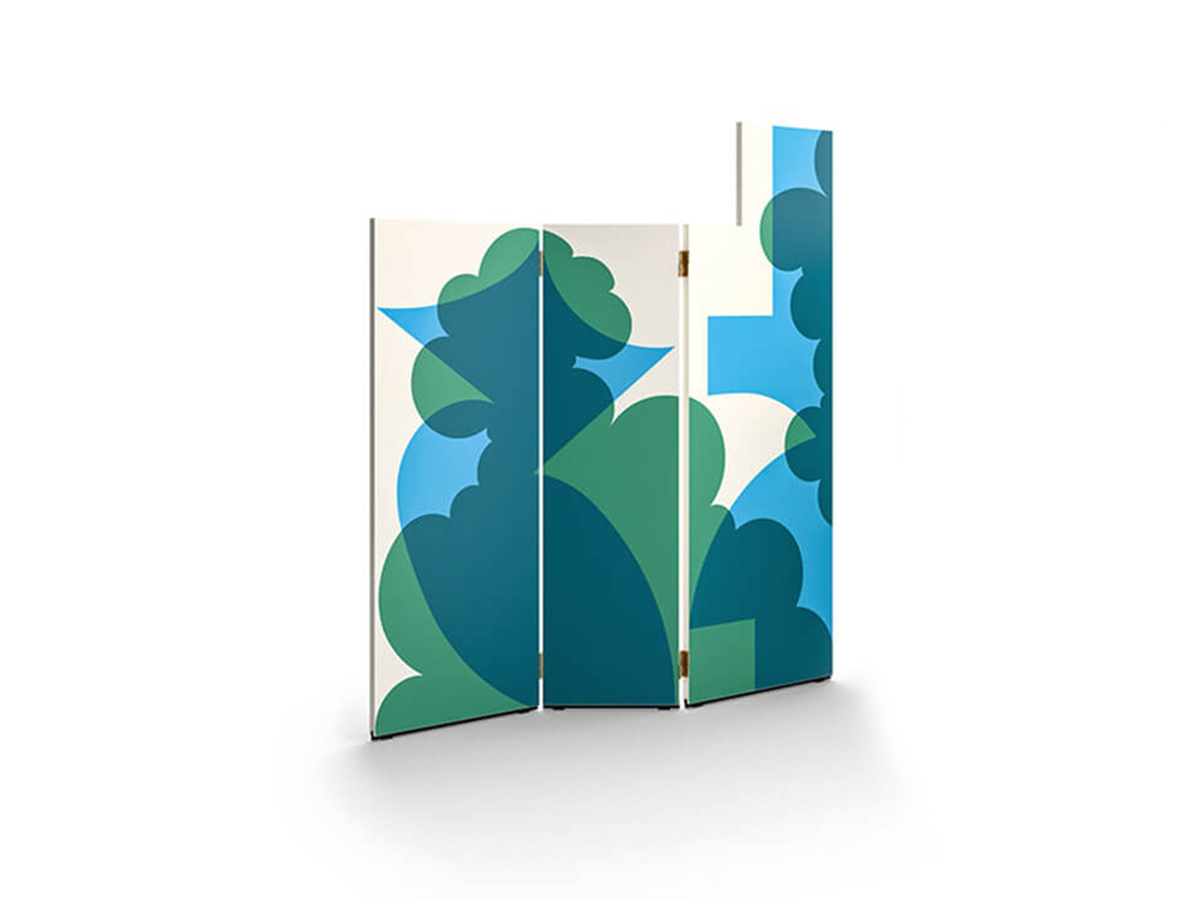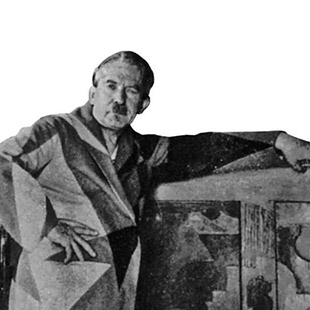Cassina
Balla Screen
Price € 9.459,00
Balla represents the perfect fusion of color, geometry and aesthetics, a mix that goes well with furniture with light-hearted yet masterfully orchestrated characteristics to adapt to multifaceted and different environments. The colors of Balla are lively and with a strong artistic imprint, designed to increase the value of this wooden screen designed by Giacomo Balla to divide and complete the different areas of the house. The project is based on a delicate choice of not only aesthetic but also artistic influences, of which we mention the Futurist movement. The three wooden panels of different heights and widths, joined by satin brass hinges, allow you to orient the individual elements in the desired position.
W.181 x H.202 cm
Salvioni Design Solutions delivers all around the world. The assembly service is also available by our teams of specialized workers.
Each product is tailor-made for the personal taste and indications of the customer in a customized finish and that is why the production time may vary according to the chosen product.
To discover the full range of services available, visit our delivery page.
Personalize your request
Available Colours
Select
White Background with Green and Blue Decorations
Orange Background with Green and Yellow Decorations
Orange Background with Green and Yellow Decorations
Select
Select
Founded in 1927 by the brothers Cesare and Umberto in the heart of Brianza furniture, Cassina is one of the long-lived Made in Italy industrial design companies. From the early ‘30s, Cassina brothers identified the strong demand for home furnishings and interpreted in a far-sighted way the renewed taste of the new emerging classes. From this intuition, Cassina started a real revolution in the indoor furnishings design. Since then, the company has been pursuing a path of research and innovation, involving prestigious designers and architects in the study of new furnishings models. In the last few years the collaboration with Gio Ponti has begun. Thanks to this partnership were born the 646 chair, known as Leggera, and the subsequent model 699 or Superleggera.Read more
Designed by
Giacomo Balla
Giacomo Balla (1871-1958) was an Italian artist, a leading exponent of the Futurist Manifesto. Older than the other comrades of Futurism, when in 1910 he was among the signatories of the "Manifesto of Futurist painters" Balla was already an established artist, known for over a decade for his works in pointillist style. Balla's adherence to Futurism was total and enthralling: in addition to the numerous paintings (among which all recall the "Dynamism of a dog on a leash", 1912), Balla was also the author of a "Futurist Manifesto of men's clothing", in which he imagined revolutionary dynamic clothes, and the interiors of the unsettling Casa Futurista in Rome, characterized by decorations with an explosion of brilliant colors that flooded every room. In recent years, the special re-edition of a screen by the Cassina brand was taken from the Casa Futurista layout, which Balla used as his personal home. In the 1920s Balla then designed the interiors of the Roman cabaret Bal Tic Tic and his own wallpaper, before abandoning the futurist style and dedicating himself to more abstract works in which the celebratory intentions of the fascist regime were often evident. Fallen into disgrace at the end of the 1930s, it will then be rediscovered in the post-war period.
Read more

